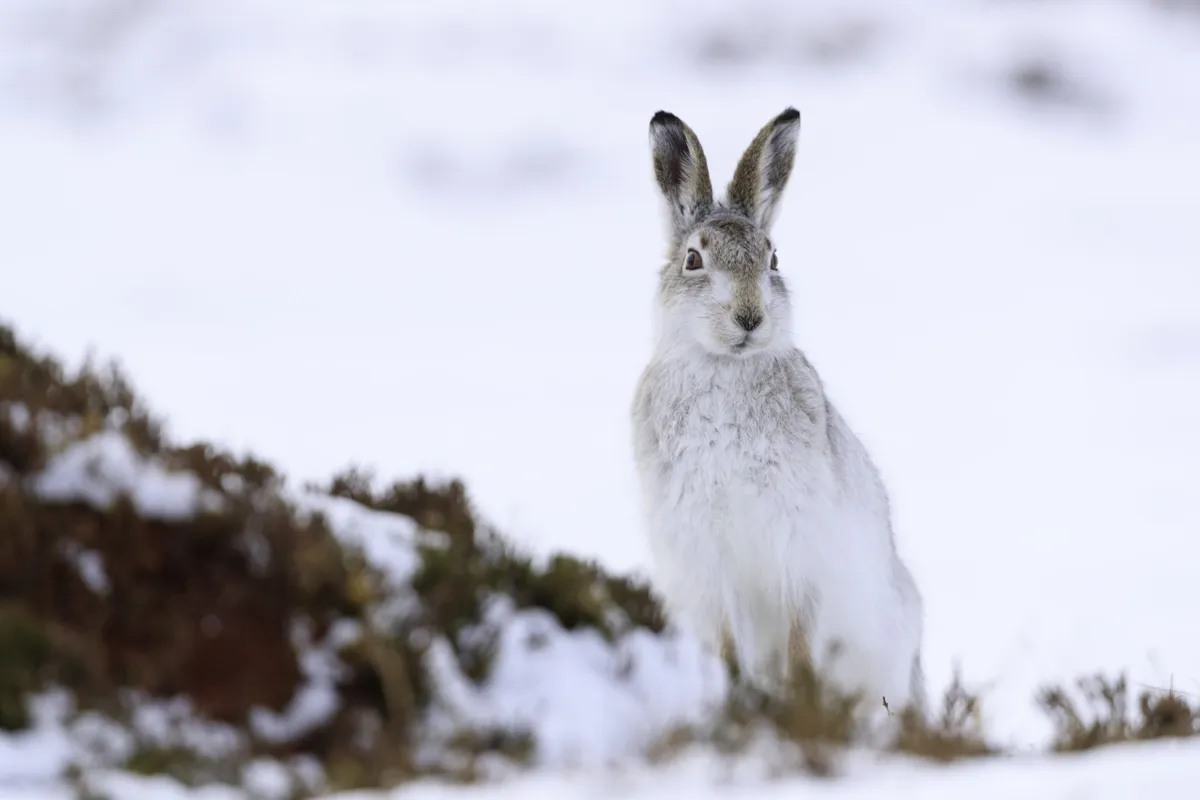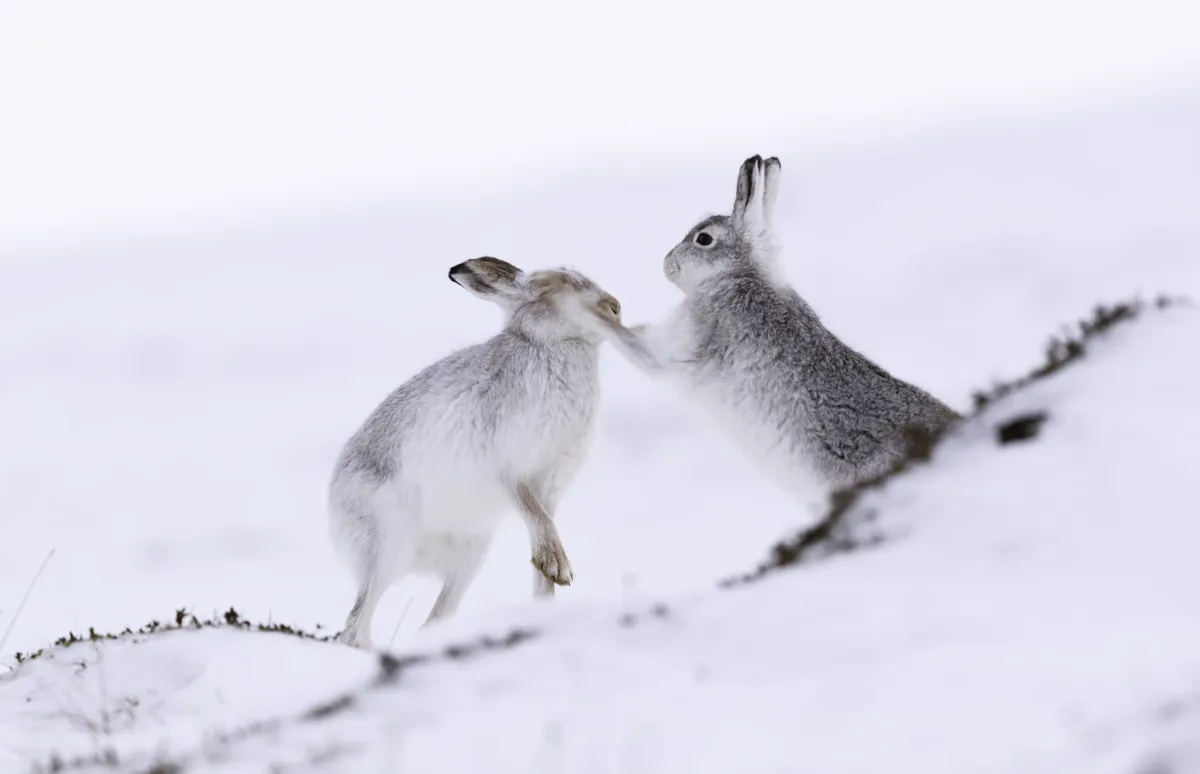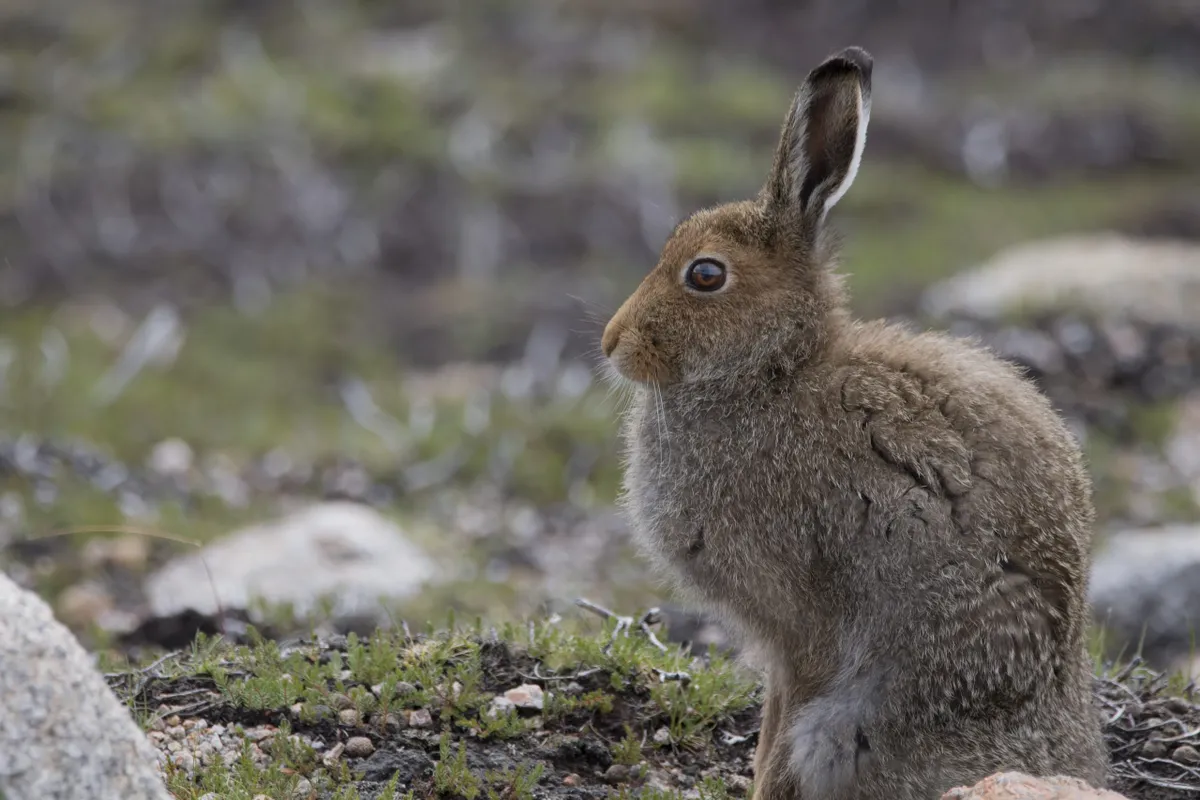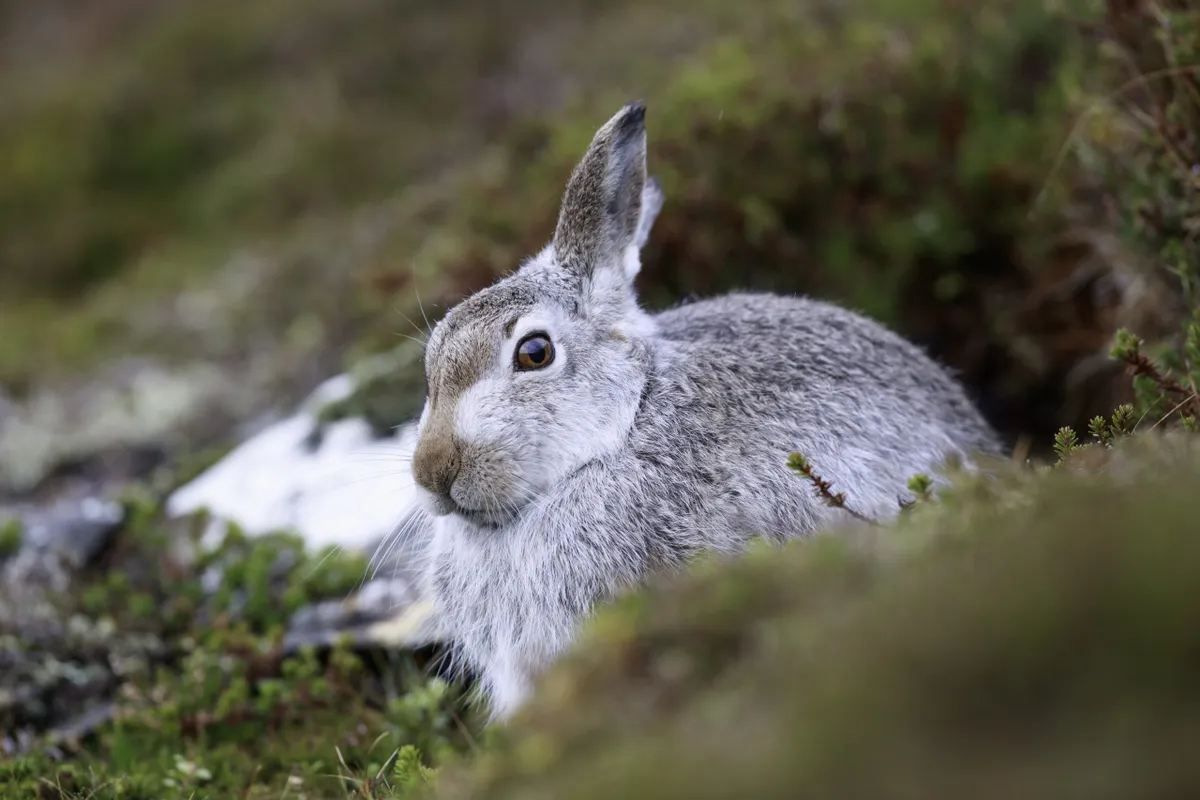The Scottish parliament has voted to extend legal protection of mountain hares and effectively ban mass killing of the species. On 17 June, MSPs voted to give the species year-round protection under the Wildlife and Countryside Act and prevent the killing or injuring of mountain hares unless a special licence is issued.
Conservationists led by OneKind and League Against Cruel Sports Scotland, have declared an important victory for wildlife but the shooting industry in Scotland has condemned the move saying that the hares needed to be culled to prevent over population and the spread of diseases.
Alex Hogg of the Scottish Gamekeepers Association said the ruling was a “Grave mistake”.
Sarah-Jane Laing, chief executive of Scottish Land and Estates, said: "These changes will not help Scotland's wildlife, which is the prime concern of gamekeepers and land managers. Mountain hares are thriving on Scotland's moors and their fate will not be improved by this vote.”
Scotland has approximately 135,000 mountain hares and up to 26,000 are killed every year in Scotland, largely on grouse moors and other sporting estates.

However a 2018 study in the Journal of Applied Ecology by the late Adam Watson found that the species had declined catastrophically compared to the 1950s on moorland sites and Scottish ministers have faced increasingly strident calls to protect the hares, including petitions and campaigns from conservation bodies.
More related content:
- News (2018): Long-term study shows dramatic declines of mountain hares on Scottish moors (2018)
- News (2019): First confirmed case of rabbit virus found in UK hares
- Guide to rabbits and hares: what’s the difference, where to see and species history, by BBC Countryfile Magazine
- March hares: why do they box and best places to see them in the UK, by BBC Countryfile Magazine
So why does the shooting industry say that mountain hares need to be culled? Writer and hunter Matt Cross summarises the arguments:
"The case for managing mountain hare populations through culling is obvious and instinctive. Scotland's grouse moors have the highest densities of mountain hares in Europe. Problems come with high population densities, lots of hares together make it easy for disease spread among them and food resources can come under pressure. Shooting hares has traditionally held them in balance with their environment, keeping them at a level where diseases are not easily passed around and food does not become exhausted.
"Mountain hares are also an established sporting quarry. Parties of shooters have long travelled from Continental Europe to hunt hares in the Highlands. These hunts provided a valuable source of income for estates and meant that having a healthy hare population was an asset to an estate. There is an often quoted saying in wildlife management that 'if it pays it stays . Now that they are no longer able to sell days of hare shooting, there is little financial incentive for estates to manage land in a way which works for hares. A ban on shooting hares effectively shifts them from being a valuable quarry to being a pest."
Max Wiszniewski of Revive, an organisation that seeks Grouse Moor Reform in Scotland, strongly supports the change to the hare’s status. He points to Adam Watson’s research which “showed a direct correlation between overall decline [of mountain hares] and areas where red grouse were prevalent”.
Wisziewnski disputes the claims that culling hares is an important part of keeping the landscape and its wildlife healthy.
"The Government’s report on grouse moor management by Professor Alan Werritty highlighted that there was ‘no substantive evidence’ to support population control as part of tick or Louping Ill virus control to benefit grouse.
"Land managed intensively for grouse shooting upsets the entire balance of nature on these upland landscapes.
"A healthy landscape would have a natural balance between predators and prey. However, as we know, protected birds of prey do not do well in areas dominated by grouse moor management and neither do thousands of foxes, stoats, weasels and crows that are deemed to threaten grouse numbers. In short, driven grouse moors are not healthy landscapes for wildlife as they focus primarily on delivering a monoculture that benefits grouse for sport shooting, at the expense of everything else.”
Mountain hares
Mountain hares are one of two hare species found in the UK, the other being the brown hare, a species more typical of arable lowlands. In Ireland, there is a subspecies of mountain hare known as the Irish hare.
Mountain hares tend to be grey brown in colour and smaller than the brown hare. Their fur can turn white in winter as camouflage in the snow.
Mountain hares are found largely in upland heaths and moors with the majority of the UK population in Scotland with smaller numbers in the Pennines of northern England.
Main image: Mountain hare with the start of its brown summer fur, sitting on heather and feeding on green heather on the Scottish mountain. © Getty





